Movies

Seal meat is a staple food for Inuit, and many of the pelts are sold to offset the extraordinary cost of hunting. Inuit are spread across extensive lands and waters, and their tiny population is faced with a disproportionate responsibility for protecting the environment.. This documentary interweaves the reality of Inuit life with the story of their challenge to both the anti-sealing industry and those nations that mine resources on Inuit lands while simultaneously destroying the main sustainable economy available to the people who live there..
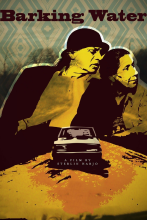
A uniquely delicate and moving road movie, Barking Water uses the ruggedly beautiful backdrop of rural Oklahoma to tell the story of a proud Native American attempting to reconnect with his estranged family.
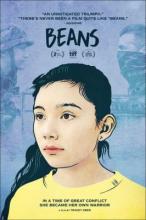
Twelve-year-old Beans is on the edge. Torn between innocent childhood and delinquent adolescence, she is forced to grow up fast to become the tough Mohawk warrior that she needs to be during the Indigenous uprising known as The Oka Crisis, which tore Quebec and Canada apart for 78 tense days in the summer of 1990.
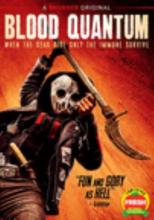
The dead are coming back to life outside the isolated Mi'gMaq reserve of Red Crow, except its Indigenous inhabitants are strangely immune to the zombie plague. Desperate refugees flood the reserve and it falls to one tribal sheriff to protect his people from the bloodthirsty white corpses surrounding them.
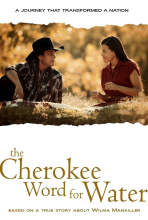
Based on the true story of the Bell Waterline Project, THE CHEROKEE WORD FOR WATER shares the struggle for, opposition to, and ultimate success of a rural Cherokee community to bring running water to their families by using the traditional concept of “gadugi “– working together to solve a problem.. Set in the early 1980s, the film begins in the homes of a small town in rural Oklahoma where many houses lack running water and others are little more than shacks. Told from the perspective of Wilma Mankiller and full-blood Cherokee organizer Charlie Soap, these leaders join forces to battle opposition and build a 16-mile waterline system using a community of volunteers.. In the process, they inspire the townspeople to trust each other, to trust their way of thinking, and to spark a reawakening of the universal indigenous values of reciprocity and interconnectedness.
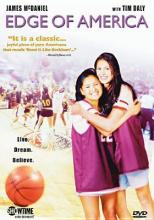
New man in town Kenny Williams has just accepted a position as an English professor on a reservation in Utah. Finding it hard to fit in with the Native American community, he decides to take on the challenge of coaching the girls' basketball team.
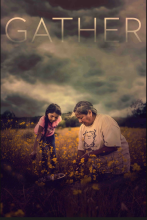
GATHER follows the stories of natives on the frontlines of a growing movement to reconnect with spiritual and cultural identities that were devastated by genocide. An indigenous chef embarks on a ambitious project to reclaim ancient food ways on the Apache reservation; in South Dakota a gifted Lakota high school student, raised on a buffalo ranch, is proving her tribes native wisdom through her passion for science; and a group of young men of the Yurok tribe in Northern California are struggling to keep their culture alive and rehabilitate the habitat of their sacred salmon. All these stories combine to show how the reclaiming and recovery of ancient food ways is a way forward for native Americans to bring back health and vitality to their people.
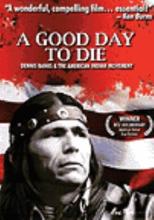
A Good Day to Die chronicles a movement that started a revolution and inspired a nation. By recounting the life story of Dennis Banks, the Native American who co-founded the American Indian Movement (AIM) in 1968 to advocate and protect the rights of American Indians, the film provides an in-depth look at the history and issues surrounding AIM"s formation. From the forced assimilation of Native Americans within boarding schools, to discrimination by law enforcement authorities, to neglect by government officials responsible for the Bureau of Indian Affairs, AIM sought redress for the many grievances that its people harbored. Banks' personal struggle culminated in major armed confrontations at Custer, South Dakota, and Wounded Knee -- climatic flash points which saw him standing steadfast as a leader for his cause. Bittersweet and compelling, A Good Day to Die charts the rise and fall of a movement that fought for the civil rights of American Indians.
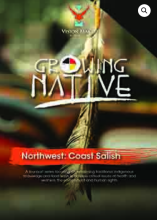
From totem poles to language revitalization and traditional agriculture, Host Chris Eyre (Cheyenne Arapaho) discovers the resilience of the Coast Salish Tribes of the Pacific Northwest. Travel down historic waterways as the tribe revisits their ancient connection to the water with an annual canoe journey. Experience both traditional and contemporary arts and meet the tribal members that are bringing Camas, a traditional root, back to harvest.
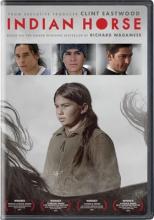
Saul Indian Horse, an Ojibway boy, is torn from his family and committed to a residential school. At the school, Saul is denied the freedom to speak his language or embrace his heritage and is a witness to abuse by the people sworn to protect him. But Saul finds salvation in the unlikeliest of places, the rink. His incredible hockey talents lead him away from the school to bigger and better opportunities, but no matter how far Saul goes, the ghosts of his past are always close behind.
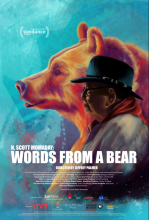
When N. Scott Momaday won the 1969 Pulitzer Prize, it marked one of the first major acknowledgments of Native American literature and culture. Now, Momaday's words come to life in this biography of a celebrated Native American storyteller.
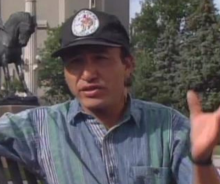
What does it mean to be a Native American? Perhaps Native American model Stormy Hollingsworth (Ute) says it best, "to be proud, to know that our past and our whole history is a circle of life." This program introduces us to members of the Ute, Lakota, Northern Cheyenne and Omaha nations, who reveal that Indians' lives are based on a circle which incorporates their beliefs in respecting their heritage, preserving their traditions and educating their young. Ben Nighthorse Campbell (Northern Cheyenne), a U.S. Senator from Colorado from 1993 until 2005, explains how the Grass or Omaha Dance has evolved over time to be commonly known as the Pow Wow; Nico Strange Owl-Hunt (Northern Cheyenne), Twyla LaFleshe Blackbird(Southern Ute), Cleatus and Clifford Cayou (Omaha) andWalter Fremont (Omaha) reflect on the significance of the Pow Wow, which allows Indian people to come in contact with their roots again; to help preserve their traditions.Alden Naranjo and Norman Lopez, whose heritage is the Southern Ute tribe, explain the importance of the eagle to Native Americans; then we view the tribe's "Sneak Dance"; we meet artist Frank Howell (Lakota), who tells of his personal evolution as an artist; then at the Eagle Plume and Mudhill Galleries we view a variety of Native American art, pottery and jewelry. Appropriately going full circle, Gene Poor Bear (Lakota) explains that he founded the Chipeta Park Pow Wow to help his son stay rooted in family values; then we learn the importance of the drum, how its shape and its beating have symbolic significance to all Native Americans.
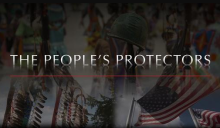
Four Native American veterans reflect on their experiences in the military during the divisive Vietnam War and how their communities helped them carry their warrior legacy proudly. From the Marine Corps to the Navy to the US Army, veterans Valerie Barber, Art Owen, Sandy White Hawk, Vince Beyl, and civilian eyapaha (announcer) Jerry Dearly recall their memories of one of the most controversial wars in United States history. Even as they struggled with their relationship to the United States government from genocidal policies and government oppression; the Dakota, Lakota, and Ojibwe warriors still felt compelled to honor their duty to their people as Akichita ; Ogichidaag ; Warriors, as protectors of the people. A lifetime later, these soldiers meet us in the studio as they begin to tell their stories.
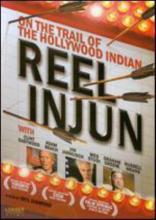
An entertaining and provocative look at Hollywood's depiction of Native Americans, Reel Injun journeys through a century of cinema to set the record straight. Traveling through the heartland of the U.S., to the Black Hills and Monument Valley, Cree filmmaker Neil Diamond examines how the myth of the movie "Injun" has influenced the world's understanding -- and misunderstanding -- of Natives. With clips from hundreds of classic and recent films document the shift from nuanced silent-era heroes to the Western's "noble savage" stereotype, leading up to the bourgeoning Native independent scene of Smoke Signals and The Fast Runner. Containing candid interviews with celebrated directors, writers, actors and activists, including Clint Eastwood, Robbie Robertson, Sacheen Littlefeather, John Trudell, and Russell Means, Reel Injun is an insightful and essential compendium for understanding the racial politics of Hollywood and the continuing artistic vibrancy of Native peoples.
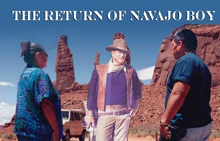
The Return of Navajo Boy, an official selection of the Sundance Film Festival and PBS, is an internationally acclaimed documentary that reunited a Navajo family and triggered a federal investigation into uranium contamination. It tells the story of Elsie Mae Begay, whose history in pictures reveals an incredible and ongoing struggle for environmental justice. A powerful new epilogue (produced in 2008) shows how the film and Groundswell Educational Films’ outreach campaign create news and rally supporters including Congressman Henry Waxman (D-CA). The Chairman of the Committee on Oversight and Government Reform mandated a clean-up plan by the five agencies that are responsible for uranium contamination. This film is a valuable resource for Native American and indigenous studies.
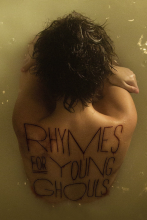
Red Crow Mi'gMaq reservation, 1976: By government decree, every Indian child under the age of 16 must attend residential school. In the kingdom of the Crow, that means imprisonment at St. Dymphna’s, where students are under the mercy of "Popper," the sadistic agent who runs the school.. At 15, Aila is the weed princess of Red Crow. Hustling with her uncle Burner, she sells enough dope to pay Popper her “truancy tax”, keeping her out of St.Ds. But when Aila's drug money is stolen and her father Joseph returns from prison, the precarious balance of Aila’s world is destroyed. Her only options are to run or fight... and Mi'gMaq don't run..
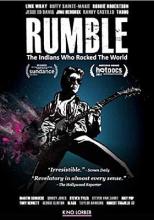
This revelatory documentary brings to light the profound and overlooked influence of Indigenous people on popular music in North America. Focusing on music icons like Link Wray, Jimi Hendrix, Buffy Sainte-Marie, Taboo (The Black Eyed Peas), Charley Patton, Mildred Bailey, Jesse Ed Davis, Robbie Robertson, and Randy Castillo, RUMBLE: The Indians Who Rocked the World shows how these pioneering Native American musicians helped shape the soundtracks of our lives. The idea for RUMBLE came about when guitarist Stevie Salas, an Apache Indian and one of the film's Executive Producers, realized that no one outside of the music business knew about the profound contribution of these Native musicians. Renewed attention to this missing chapter in the history of American music led to the publishing of Brian Wright-McLeod's The Encyclopedia of Native Music, an exhibit at the Smithsonian National Museum of the American Indian, and eventually this documentary.
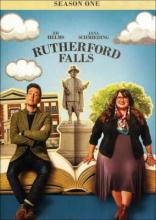
Rutherford Falls is an idyllic small town until lifelong best friends Nathan Rutherford and Reagan Wells discover their quiet community sits on a powder keg of problems. When the mayor makes a simple proposal to move a crash-causing statue, she inadvertently initiates a crazy chain reaction of mayhem. The two friends suddenly find themselves clashing with a casino CEO, their town's cultural heritage, and one weird resident after another in this quirky comedy series from the creator of The Good Place and Parks and Recreation.
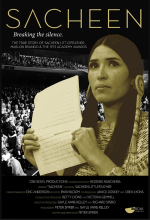
Revisiting the achievements of Sacheen Littlefeather, the first woman of color to utilize the Academy Awards to make a political statement.
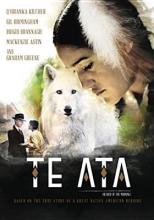
It is based on the inspiring true story of Mary Thompson Fisher, a woman who traversed cultural barriers to become one of the greatest Native American performers of all time. Born in Indian Territory, and raise on the songs and stories of her Chickasaw culture, Te Ata's journey to find her true calling led her through isolation, discovery, love and a stage career that culminated in performances for a United States president, European royalty and audiences across the world.
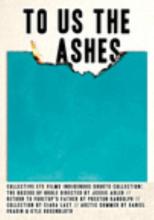
A reference and ode to Chief Seattle's Treaty of 1854, is a collection of five Indigenous Documentary Shorts from across the world. As each short highlights different Indigenous stories of fly fishing conservationists in the Pacific Northwest to a young Lakota woman creating a girls' boxing team, they each embody the ingenuity and tenacity of Indigenous People across the world.
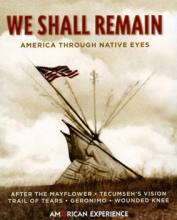
A provocative multi-media project that establishes Native history as an essential part of American history. The centerpiece of this initiative is a television series that tells five heartbreaking, yet inspiring stories. Together they highlight Native ingenuity and resilience over the course of 300 years. The series upends two-dimensional stereotypes of American Indians as simply ferocious warriors or peaceable lovers of the land.
Music
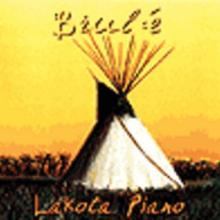
Brulé is a contemporary Native American new-age/worldbeat music group formed by Lakota musician Paul LaRoche. Lakota Piano features soothing piano, keyboards, gentle percussion, and other instrumentation.
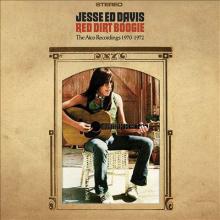
Jesse Ed Davis was a well regarded session guitarist and solo performer. He was a member of Taj Mahal's backing band and played with musicians like Eric Clapton, John Lennon, and George Harrison. He was inducted into the Native American Music Hall of Fame in 2018.
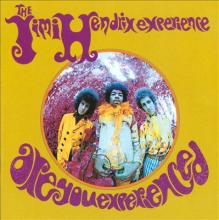
Jimi Hendrix, one of the world's most renowned guitarists, was of African, European, Cherokee, and Mexican descent. He spent much of his early years staying with his grandmother, who was full-blooded Cherokee.
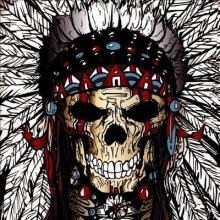
George Lynch is best known as the lead guitarist for heavy metal band, Dokken. On Shadow Train he is joined by Isleta and Laguna pueblo descendant, Gregg Analla on vocals. Analla was also an accomplished guitarist, percussionist, and educator for the Southwest Indian Foundation. Shadow Train is the soundtrack for the band-made documentary Shadow Nation (2019), which explores issues in different Native American communities.
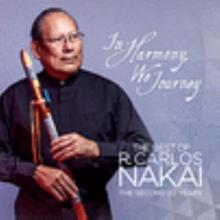
Raymond Carlos Nakai is a flutist of Navajo and Ute heritage. He generally plays original compositions inspired by traditional Native American melodies. He has collaborated with composers like Philip Glass, been nominated for 11 Grammy Awards, and developed a system of tablature notation (commonly known as Nakai tablature) that can be used to represent Native American music in a notation similar to that of Western classical music.
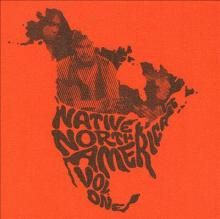
Largely unheard, criminally undocumented, but at their core, utterly revolutionary, the recordings of the diverse North American Aboriginal community will finally take their rightful place in our collective history in the form of Native North America (Vol. 1): Aboriginal Folk, Rock, and Country 1966-1985. An anthology of music that was once near-extinct and off-the-grid is now available for all to hear, in what is, without a doubt, Light In The Attic's most ambitious and historically significant project in the label's 12-year journey.
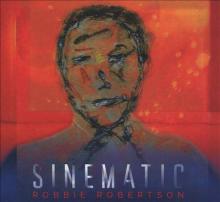
Robbie Robertson is perhaps best known as the lead guitarist and songwriter for the Band. He has also worked extensively as a solo artist and has scored many of Martin Scorsese's movies including Casino, The Departed, and Gangs of New York. His mother was of Cayuga and Mohawk descent and Robertson was raised on the Six Nations Reserve near Toronto.
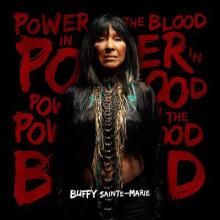
Buffy Sainte-Marie is a Cree Canadian-American singer-songwriter, musician, Oscar-winning composer, visual artist, and activist. She started her musical career during the 1960's folk revival. Her songs have been covered by artists like Donovan, Janis Joplin, Elvis Presley, Cher, Petula Clark, and many others.
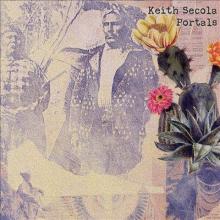
Keith Secola is an Anishinabe folk, rock, and blues singer-songwriter who sometimes mixes traditional instruments like Pow Wow Drums and wood flute with modern instruments like electric guitar, to create "contemporary Native American music."
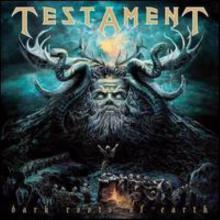
Testament's lead singer, Chuck Billy, is descended from Pomo Native Americans, an indigenous people of Northern California. He examines Native American issues and history in songs like, "Trail of Tears," "Allegiance," and "Native Blood."